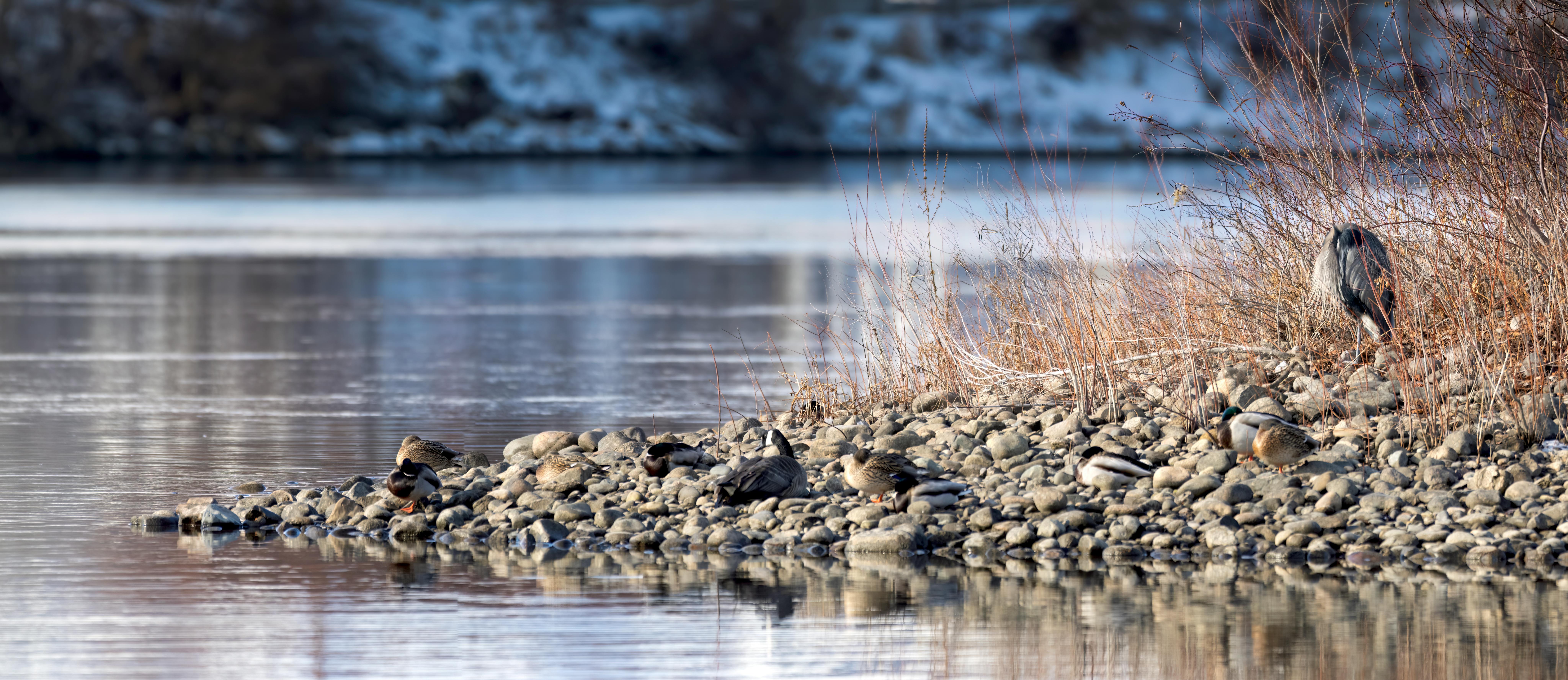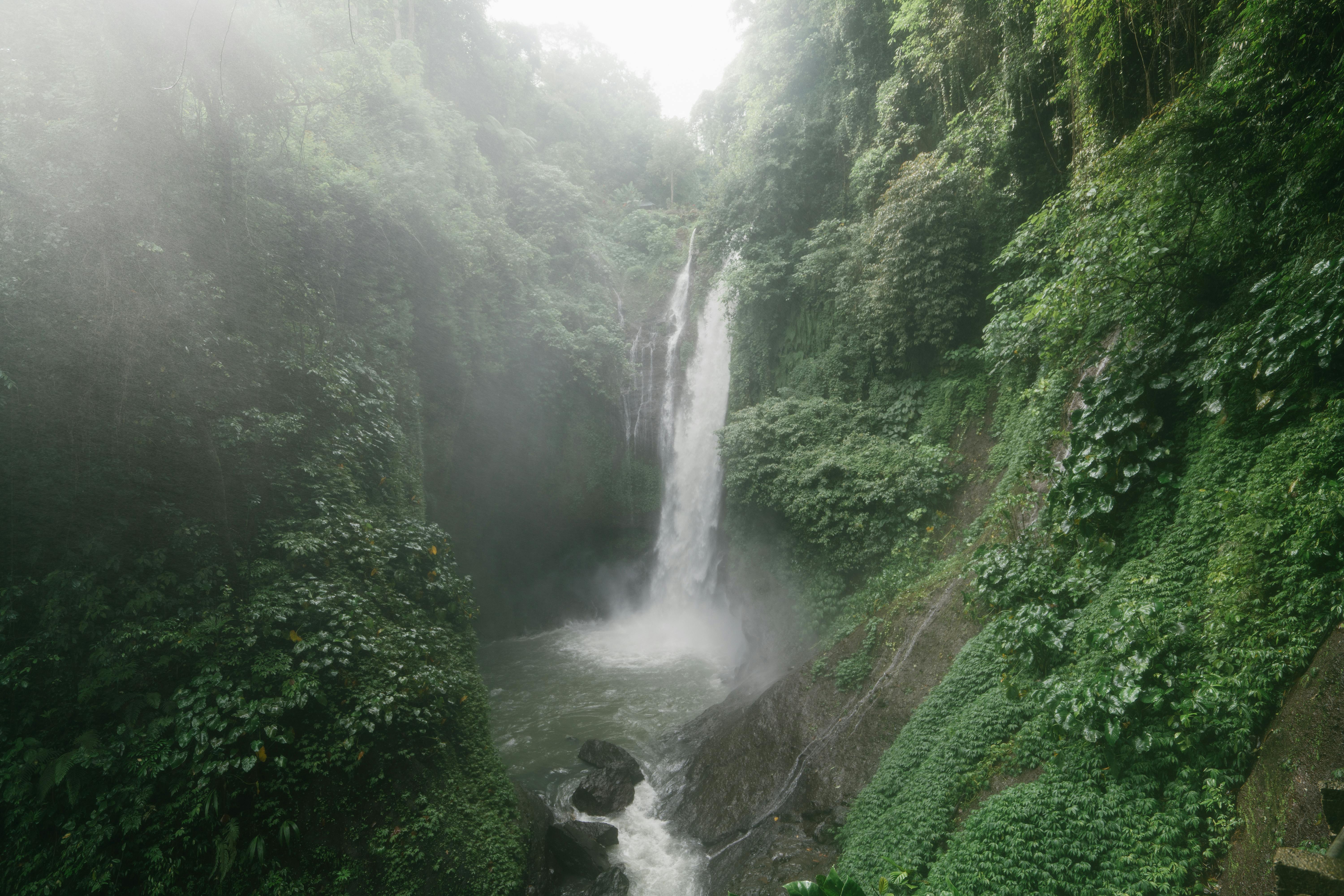Distilling salt water in the wild is a great way to obtain clean drinking water while in a survival situation. With a few simple items, you can build a distillation device to easily turn salt water into safe drinking water. In this article, we will be discussing the basics of how to distill salt water in the wild and what materials are needed for the process. We will also explore some of the potential risks and safety precautions that should be taken when attempting this process. With the right knowledge and preparation, anyone can successfully distill salt water in the wild and obtain clean drinking water for themselves or their group.In order to distill salt water in the wild, you will need a few pieces of equipment. These include a large pot, a heat source, some tubing, and a container to collect the distilled water. You will also need some cloth or cheesecloth to filter out any sediment or particles from the salt water. Finally, you may want to have a thermometer on hand so that you can monitor the boiling point of the water.
Solar Still Method
The solar still method is one of the most basic and common methods for distilling salt water in the wild. It involves using solar energy to evaporate salty water, then condensing that vapor into fresh drinking water. To build a solar still, you’ll need to dig a hole and line it with plastic sheeting. Place a container in the center of the hole, then fill it with salty water. Cover the hole with more plastic sheeting and secure it tightly around the edges. The sun will heat up the plastic, causing the salty water to evaporate and rise up through the plastic sheeting. The vapor will condense into droplets on the underside of the plastic sheeting, which can then be collected in a separate container for drinking.
Distillation over Fire
Distillation over fire is another method that can be used to distill salt water in the wild. This method involves boiling saltwater over an open flame or stovetop, then collecting and cooling condensation from the steam that rises up from boiling. To do this, you’ll need a pot or pan with a lid that is large
Setting Up A DIY Distillation System
Distillation is a process that can be used for separating two or more liquids with different boiling points. This process can also be used to purify liquids, such as water, by removing impurities. Setting up a DIY distillation system is a relatively straightforward process that requires some basic equipment and knowledge.
The first step is to create a container to hold the liquid you are distilling. This can be anything from a large pot to a specialized still made of stainless steel or copper. If you are using a pot, make sure it has an airtight lid and is made of non-reactive material. Once the container is ready, attach a hose to the lid and connect it to an air-cooled condenser. This will capture any vapors released during the distillation process.
Next, attach another hose or tube from the condenser to a collection vessel such as a flask or jar. This will collect any purified liquids that have been distilled from the original mixture. Make sure that this vessel is specially designed for collecting liquids as it will need to be able to withstand high temperatures and pressures.<
Preparing the Salt Water for Distillation
Distillation is a process that is used to separate components of a liquid mixture. When it comes to salt water, distillation is one of the most effective methods for separating the salt from the water. Preparing the salt water for distillation involves several steps that will help ensure that the process is successful.
First, it is important to test the salinity of the water. This can be done with a simple saline meter and should be done before any other steps are taken. The results will tell you how much salt is present in the water and help you determine how much additional salt needs to be added, if any.
Once the salinity has been determined, it’s time to adjust it as needed. Depending on what type of distillation process is being used, more or less salt may be needed in order to achieve optimal results. Adding too little or too much can affect the outcome of the process, so it’s important to get this step right.
Next, it’s important to remove any impurities from the water before beginning distillation. This can be done by filtering or using a reverse osmosis
Collecting Condensation From Distillation Process
Distillation is a process that is used to separate and purify liquids from solids or liquids from other liquids. In this process, a solution is boiled and the vapors are collected and condensed back into liquid form. The condensation collected from this process can then be reused or stored for future use. Collecting the condensation from a distillation process is an important part of ensuring the purity of the final product and preventing contamination.
The first step in collecting condensation from a distillation process is to ensure that all of the necessary safety precautions are taken. It is important to make sure that all equipment involved in the process is properly cleaned and maintained, as well as ensure that any flammable materials are kept away from heat sources. Additionally, any vapors produced should be contained in a closed system so that they do not escape into the atmosphere.
Once the safety precautions have been taken care of, it’s time to begin collecting condensation from the distillation process itself. This can be done by using either an open-top container

Understanding Evaporation And Condensation
Evaporation and condensation are two of the most important processes in the water cycle. Evaporation is when liquid water turns into a gas, such as water vapor. Condensation is the opposite process, when a gas becomes a liquid. Both of these processes are part of the natural cycle of water on Earth, and they help to regulate our climate.
When evaporation occurs, heat energy is absorbed from the environment into the water molecules. This causes them to move faster and become less dense, eventually forming tiny droplets of water vapor that rise into the air. These droplets can then form clouds or be carried away by wind currents. The evaporated water can eventually fall back down to Earth as precipitation such as rain or snow.
Condensation occurs when warm air containing water vapor comes in contact with a cool surface, such as a window pane or an ice cube. As the air cools, it can no longer hold as much water vapor, so some of it condenses onto the cool surface in the form of tiny droplets. This process is also responsible for fog and mist formation on cool mornings.
Best Practices For Salt Water Distillation In The Wild
Salt water distillation is a great way to produce fresh water in the wild. However, there are some best practices that should be followed to ensure that the water produced is safe and of the highest quality. Here are some tips for safely distilling salt water in the wild:
Know Your Source Water
Before attempting to distill salt water, it is important to know what type of salt water you are dealing with. Different types of saltwater can contain different levels of contaminants, so it’s important to do your research before beginning your distillation process.
Clean all Equipment Beforehand
It is essential to clean all equipment thoroughly before beginning your distillation process. This will help prevent any contamination from entering the distilled water and impacting its quality. Also make sure to use clean containers for collecting the distilled water so as not to contaminate it with anything else.
Monitor Temperature and Pressure
Monitoring temperature and pressure during the distillation process is key for producing high-quality
Common Challenges To Consider When Distilling Salt Water
Distilling salt water is a complex process that requires careful consideration of several challenges. The most common challenge is the high boiling point of saltwater, which makes it difficult to distill in a traditional setup. The high boiling point means that more energy must be used to reach the boiling point and this can affect the efficiency of the distillation process. Another challenge is the presence of impurities in the saltwater, such as bacteria and other organic matter, which can contaminate the water and make it difficult to purify. Additionally, saltwater can contain trace amounts of other minerals, such as calcium and magnesium, which can also affect the distillation process. Finally, saltwater typically has a higher density than freshwater, which can also complicate the distillation process.
In order to effectively distill salt water, it is important to consider these common challenges. It may be necessary to utilize specialized equipment or techniques that are designed for this type of process. Additionally, careful monitoring of the water quality throughout the distillation process is essential in order to ensure that only pure water is produced. By considering these challenges and taking appropriate steps, it

Conclusion
Distilling salt water is a great way to get clean drinking water in the wild. However, it does require some knowledge of distillation techniques and the right equipment. It is also important to remember that distilling salt water will not take out all pollutants and toxins, so it is important to find a clean source of salt water before attempting to distill it. With the right equipment and knowledge, you can use distillation to turn salty or contaminated water into clean drinking water in the wild.
Distilling salt water is not an easy task, but with the right knowledge and resources, it can be done easily and safely. You should always be sure to find a clean source of salt water before attempting to distill it, as this will ensure that the end product will be safe for consumption. With some preparation and practice, you can use this process to get clean drinking water in any situation.

